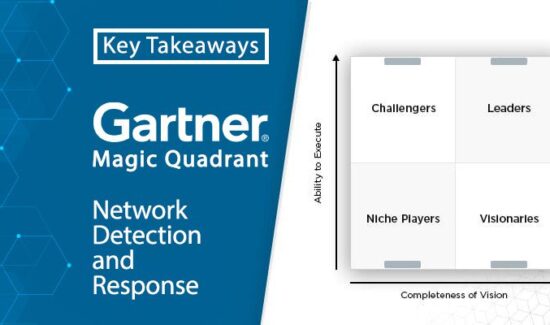What is Endpoint Detection and Response (EDR)?


Endpoint Detection and Response (EDR) has taken the spotlight from virtually every other component of next-generation Endpoint Security platforms. In fact, EDR has become a cybersecurity solution category in and of itself. But what is endpoint detection and response, exactly? What can it offer businesses of all sizes?
EDR solutions record and store behaviors on enterprise endpoints, analyze that data for suspicious behaviors and block malicious activity. In other words, it looks for the threats that have penetrated the digital perimeter, providing a critical layer of monitoring.
Unfortunately, traditional and even next-generation antivirus isn’t perfect. Signatureless detection is a welcome and critical innovation, but hackers continue to evolve their malware to avoid these detection capabilities. With the rise of fileless malware, even signatureless detection proves somewhat less than effective.
This isn’t to dismiss the importance of antivirus, only to acknowledge that it cannot protect against one hundred of all attacks. Eventually, with the right amount of time, determination, and tools acquired from the Dark Web, a hacker will break through to inflict damage.
What is Endpoint Detection and Response?
Then does EDR step into the fray. EDR detects malicious activities on endpoints that violate baseline behaviors for both devices and users. It can prevent cyber-attacks at the pre-execution layer and provide support through built-in intelligence from threat protection engines.
Additionally, EDR can investigate detected threats and incorporate threat analytics and integrate sandbox testing. Moreover, it can centralize incident response for more effective tactical remedial actions.
In summary, EDR allows your IT security team to collect, record, and store endpoint activity. They can use this data to detect attacks and dwelling threats. In some ways, EDR resembles the endpoint security equivalent of SIEM solutions.
Here’s why: SIEM aggregates log data, normalizes it, and analyzes it for security event information. In contrast, EDR does much the same for device data rather than log data. Indeed, EDR can help with device discovery, bringing previously unseen endpoints into the cybersecurity fold.
These can include Internet of Things (IoT) devices that notoriously disappear from normal security monitoring. Also, it can help extend cybersecurity protection to mobile devices, which can elude traditional endpoint security protections.
Overall, EDR can help bring disparate endpoints into a centralized viewpoint; visibility matters in cybersecurity perhaps more than anything else.
So EDR can detect a threat. But can it do more?
EDR and Alerting
Absolutely. EDR also generates alerts based on the security events it detects on devices. Those alerts, once sent to your IT security, provide critical information and insights into where to direct their investigation efforts. Remember, your IT security team is made of human beings, with finite time and energy. The less time they spend seeking out suspicious indicators and the more time they spend following concrete leads. Also, it speeds up those investigations.
We can’t emphasize the necessity of speed in dealing with cyber threats. Any amount of dwell time – the time a hacker spends in an IT environment unchallenged – increases the damage done exponentially. So removing them quickly should be a top priority. EDR speeds up investigations and thus also leads to faster threat detection and remediation. It starts a chain reaction where your business benefits at the end.
Now is the time to find an EDR solution that fits your use case. To learn more check out the Endpoint Detection and Response Buyer’s Guide.




















